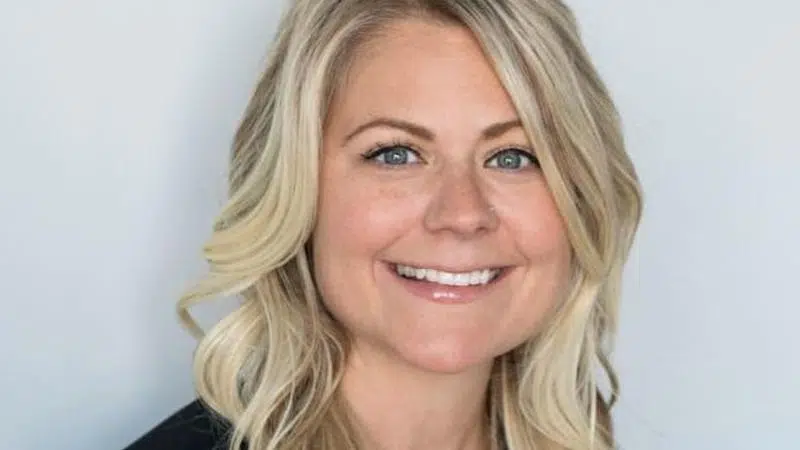
How to find a budgeting strategy that works for you
Whenever there is a new survey or poll about the state of Canadians’ personal finances, we hear from debt help professionals (like myself) and other financial experts about the real need to have a budget to help people overcome their affordability and debt challenges. Yet a significant number of Canadians simply don’t budget, which could be for a number of reasons. They may think it’s too complicated, too restrictive or simply not worth the effort.
The reality is, budgeting really is a valuable financial tool.
A budget helps you…
· take control of your day-to-day and long-term money management


